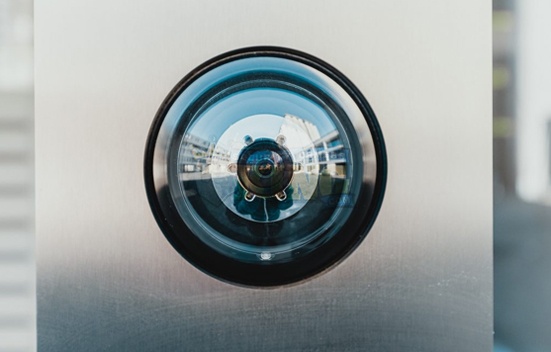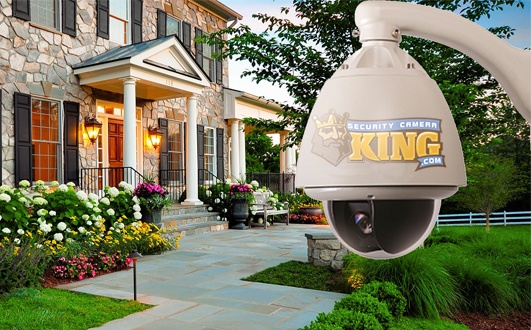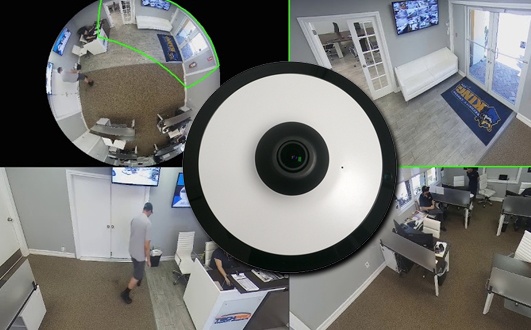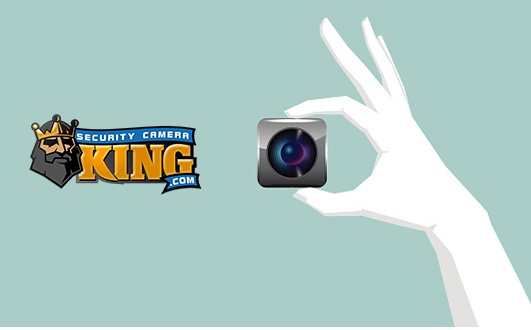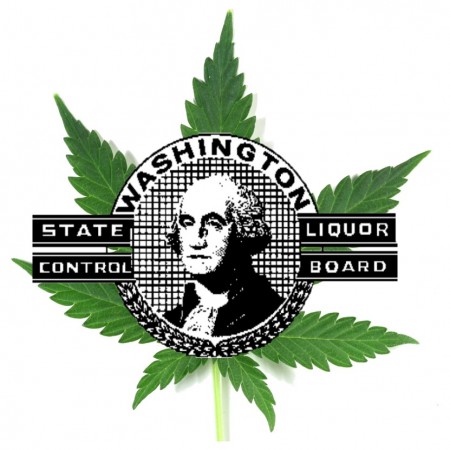
With the passing of Washington’s I-502 Initiative, there have been a lot of companies coming out of the woodwork trying to “capitalize”, or as I like to call it “stealing” from america’s first great cash crop. I keep hearing more and more of the startup “Security” companies in Washington, telling the potential I-502 Growers and Producers all of these crazy requirements.
I am here to help with getting I-502 companies passed without breaking the bank. With every new regulated business comes laws that have been written by people who honestly don’t have the greatest knowledge of the an industry they are writing about.
Then comes companies seeing a way to take advantage of these new businesses and their regulations. I am going to try and help you to debunk some of the myths that have been being told to other I-502 companies that I have spoken to and helped with the process.
One of the biggest myths that I have been hearing about is that you need IP cameras in order to be compliant with WAC 314-55-083 section 3. This is the section that has caused many of the people that I have talked to great confusion. What the Washington Liquor Control Board is looking for is a complete video surveillance system that is Internet Protocol (IP) compatible. In simple terms, this means that the main recording device of the system needs to be able to be hooked up and viewable to the internet. This is mainly because if the Liquor Control Board needs to do an audit of the site, they don’t necessarily need to come to every location. The law then goes on to talk about the fact that the time has to be displayed and accurate to the US National Institute of Standards. This is a fairly easy requirement, as most any system from a good manufacturer will do this. Now keep in mind, not all systems are built the same and some couldn’t keep accurate time if they need to.
Now another big thing is the fact that the system has to be able to record at a resolution of 640 x 470? Really liquor control board, this is not even a full resolution. The closest resolution to this is D1 which actually has a 704 x 480. Most systems on the market can show the images in this resolution, but they don’t record in the required resolution. Every unit that Security Camera King sells from their base model up to the super NVR has the ability to not only view in this resolution, but they will record in it on all channels or even a greater resolution depending on the chosen recorder. In order to figure out how much storage you will need to be able to fulfill the 45 day requirement you can utilize Security Camera Kings Hard Drive Calculator.
In WAC 314-55-083 Section 3 subsection (a), it states that all controlled access areas, security rooms, all points of potential entrance from the outside or potential exit from the inside (yes, this does include the windows), all points of transactions must have a fixed position camera that is able to clearly identify activity within a minimum of 20 feet of the entry points. This is a little convoluted for the fact that how is a camera supposed to be able to not only be able to see your point of sale and the door with the same camera? Your best solution would be to just make sure that all of these points of interest have cameras that can clearly identify the activities they are there to cover.
I keep getting phone calls from applicants that say they need facial recognition with their camera systems. I am not sure where they are getting this information from, other than a misinterpretation of WAC 314-55-083 section 3 b, “Camera placement shall allow for the clear and certain identification of any individual on the licensed premises.” Basically what they are saying is that you can’t have such poor quality cameras and position them is such a horrible way that you can’t make out clearly who is on the footage. They go on to say that you need to have all entrances and exits to the facility covered from both the outside and inside. Now if you place your cameras properly you should be able to utilize one camera to accomplish this while still giving you the ability to cover additional areas. For example, you have a outdoor grow facility that has a building that the perimeter gate connects with. If you position the camera properly, not only will you be able to cover the entrance/exit but you can cover the perimeter fencing for the 20 feet out of the exterior that section 3 (d) discusses.
In reality, when section 3 (c) talks about cameras that are able to see even in low light situations, any camera worth itself on the market that has infrared will be able to accomplish this. Now there are some cameras on the market that have no infrared, but have a low enough LUX rating to see in almost no light. These cameras generally cost significantly more than a camera with infrared. Also, make sure that you have the recording device put into either a locking cabinet, lock box, closet, or safe to prevent your employees from being able to mess with the recordings. The last thing you want to do is lose your license due to the fact that one of your employees didn’t follow instruction and not screw with the recorder.
The last part that I am going to cover is in accordance to section 3 (d) that all perimeter fencing of the outdoor grow facility must be able to clearly identify any activities occurring within twenty feet of the exterior of the fence. This needs to be able to occur 24 hours a day in every lighting condition. You should arguably go with a varifocal camera that has at least 100 feet of infrared illumination. This will give you all the requirements and give you greater peace of mind.
These are just some of the most commonly mistaken sections of the law, I hope that these help to guide you in the proper direction.

